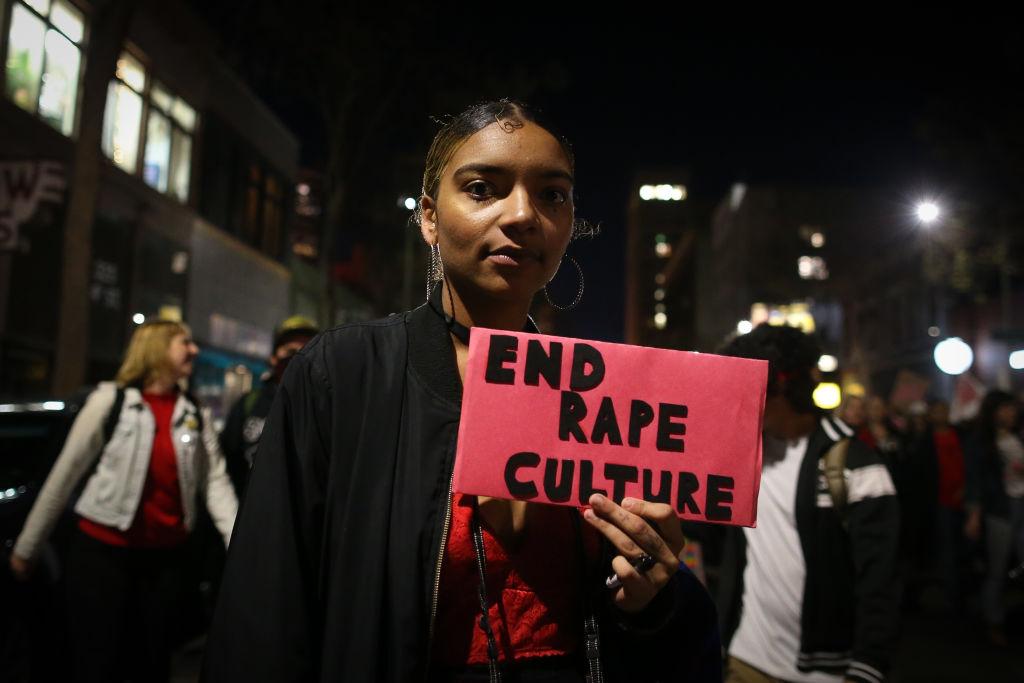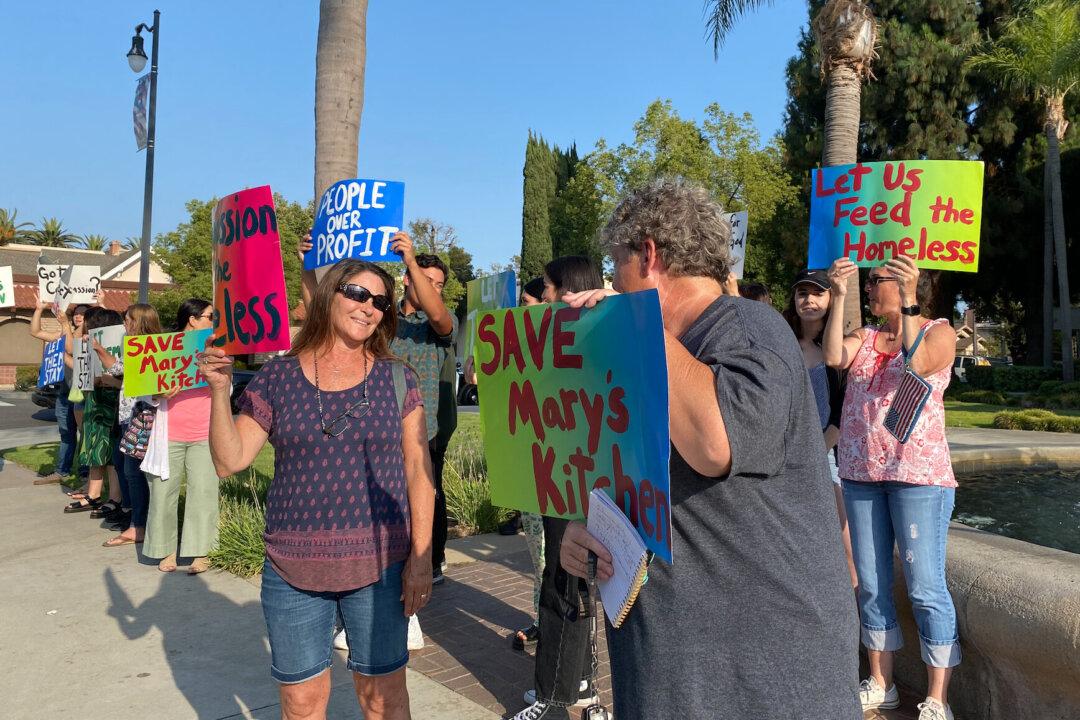LOS ANGELES—Under Gov. Gavin Newsom’s draft budget for fiscal year 2020–21, rape crisis centers (RCCs) across California will see a major decrease in funding.
The state’s annual general fund is set to contribute $45,000, all of which will go to the Alameda Health System. An additional $1.7 million will come from the State Penalty Fund.





